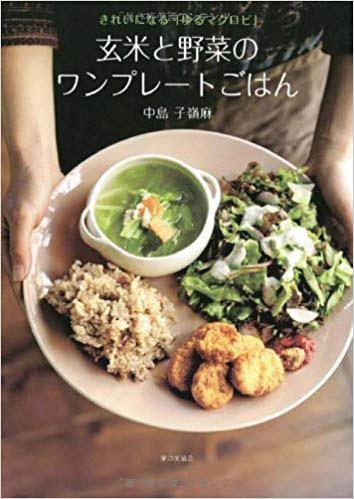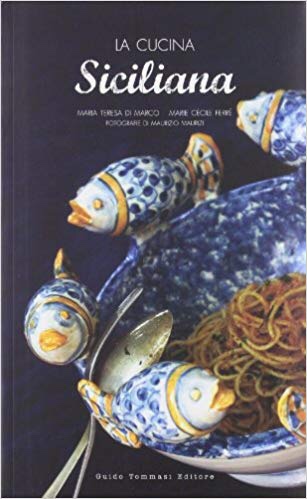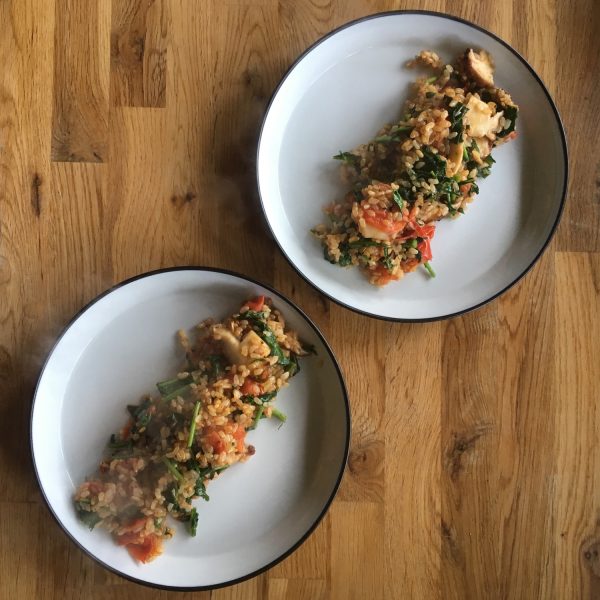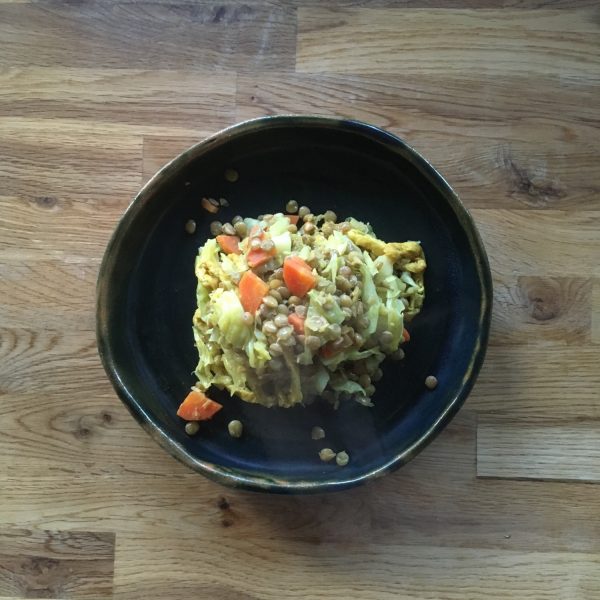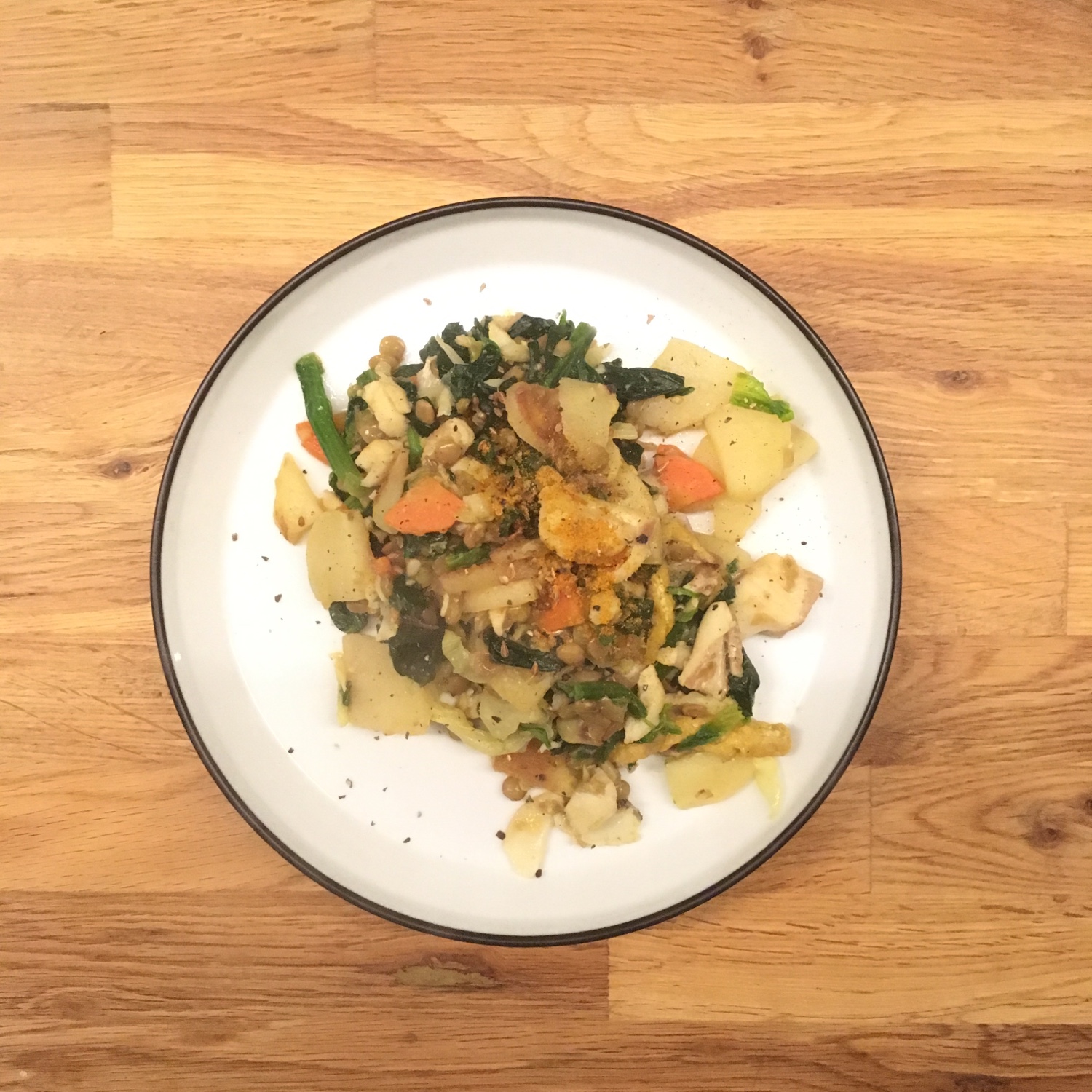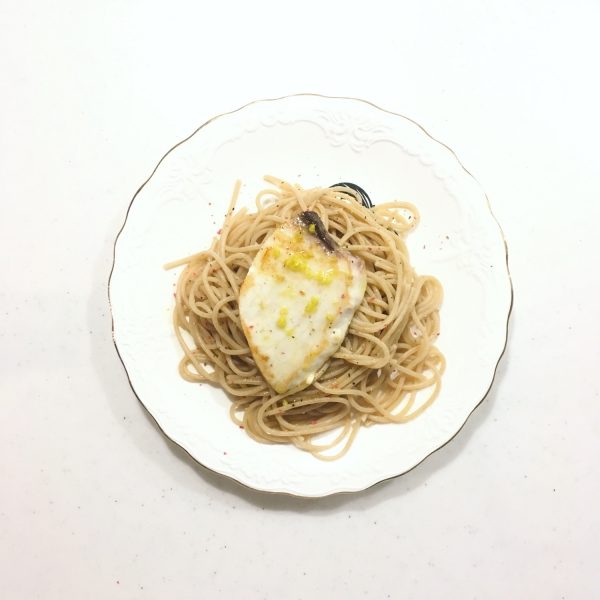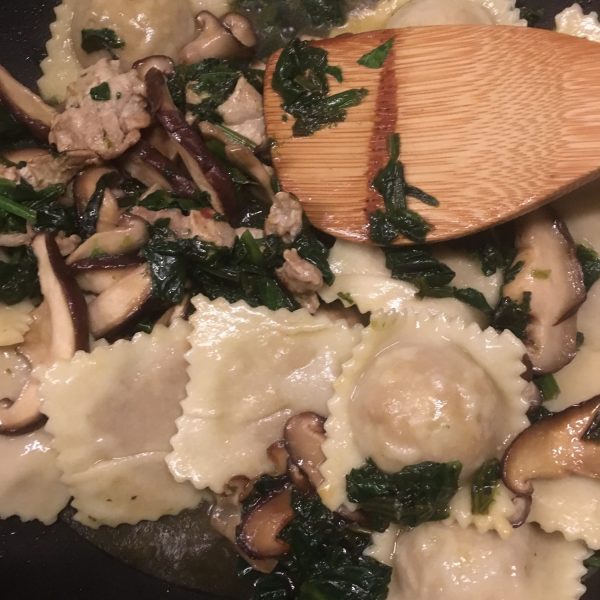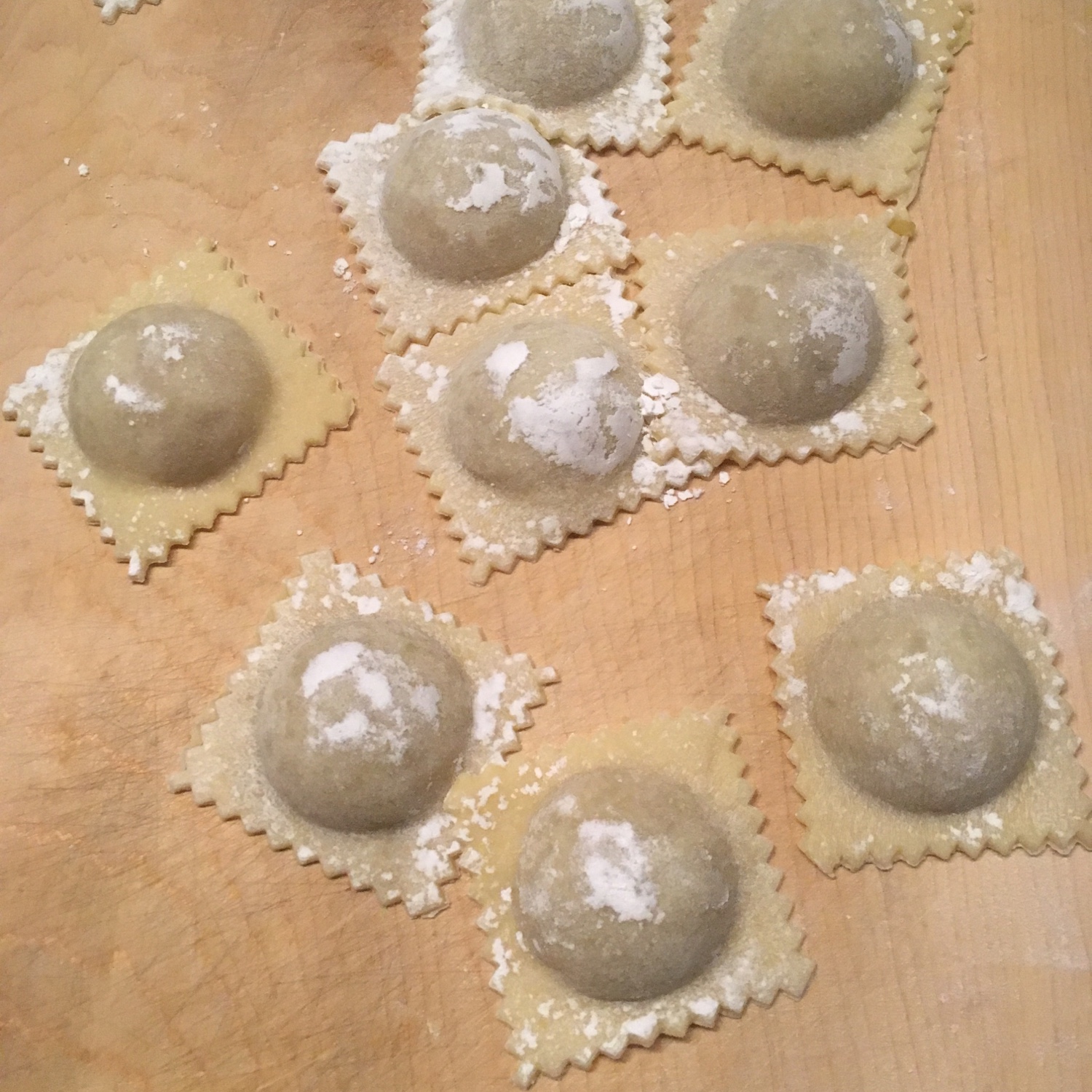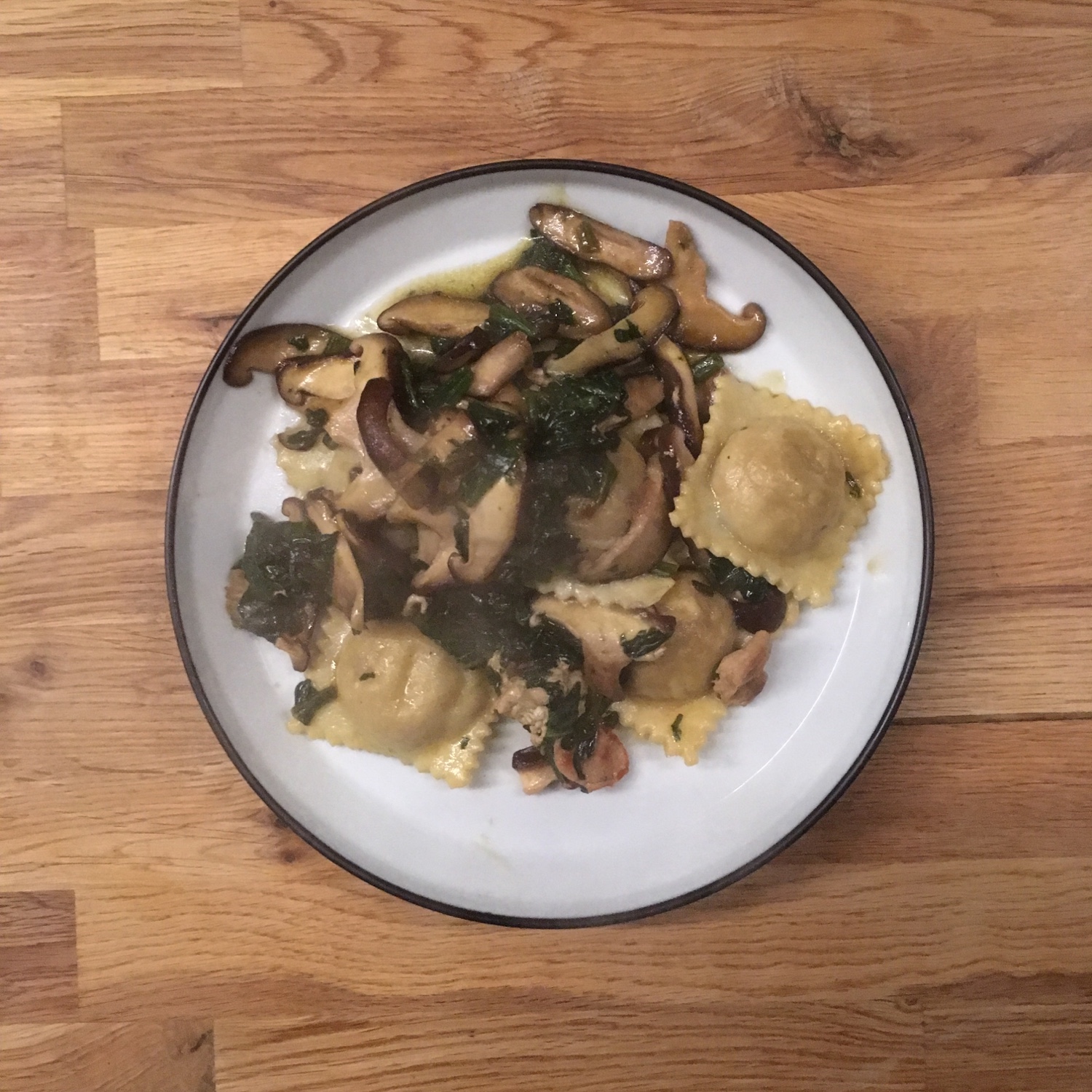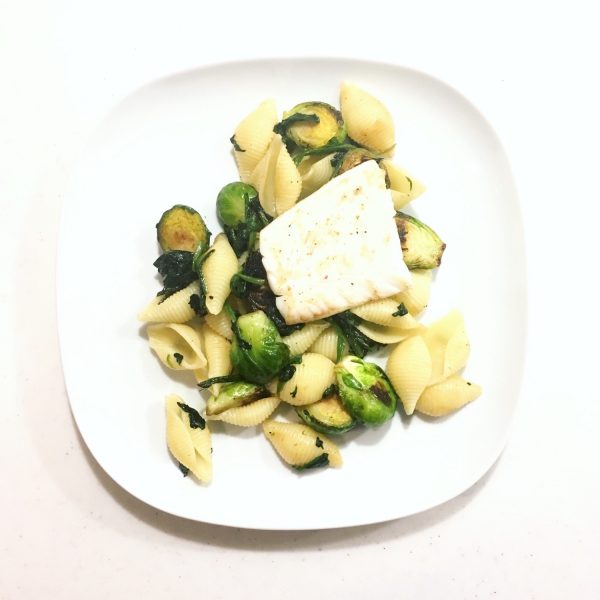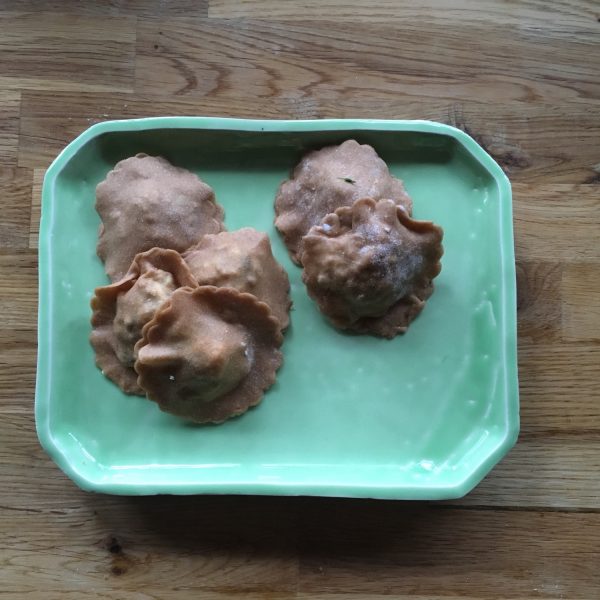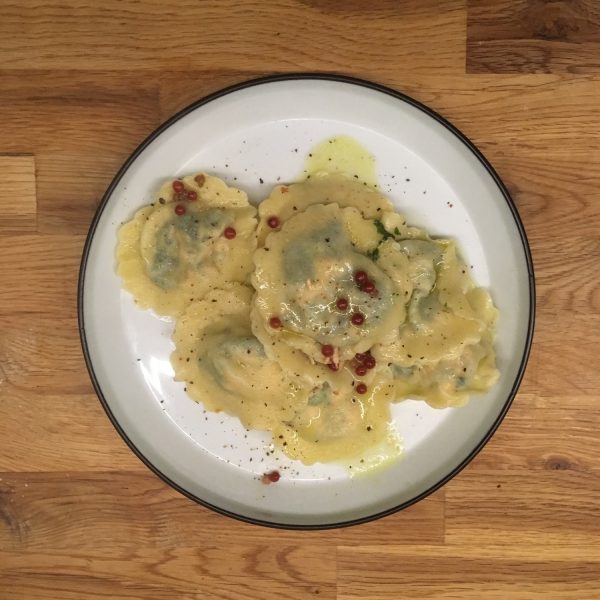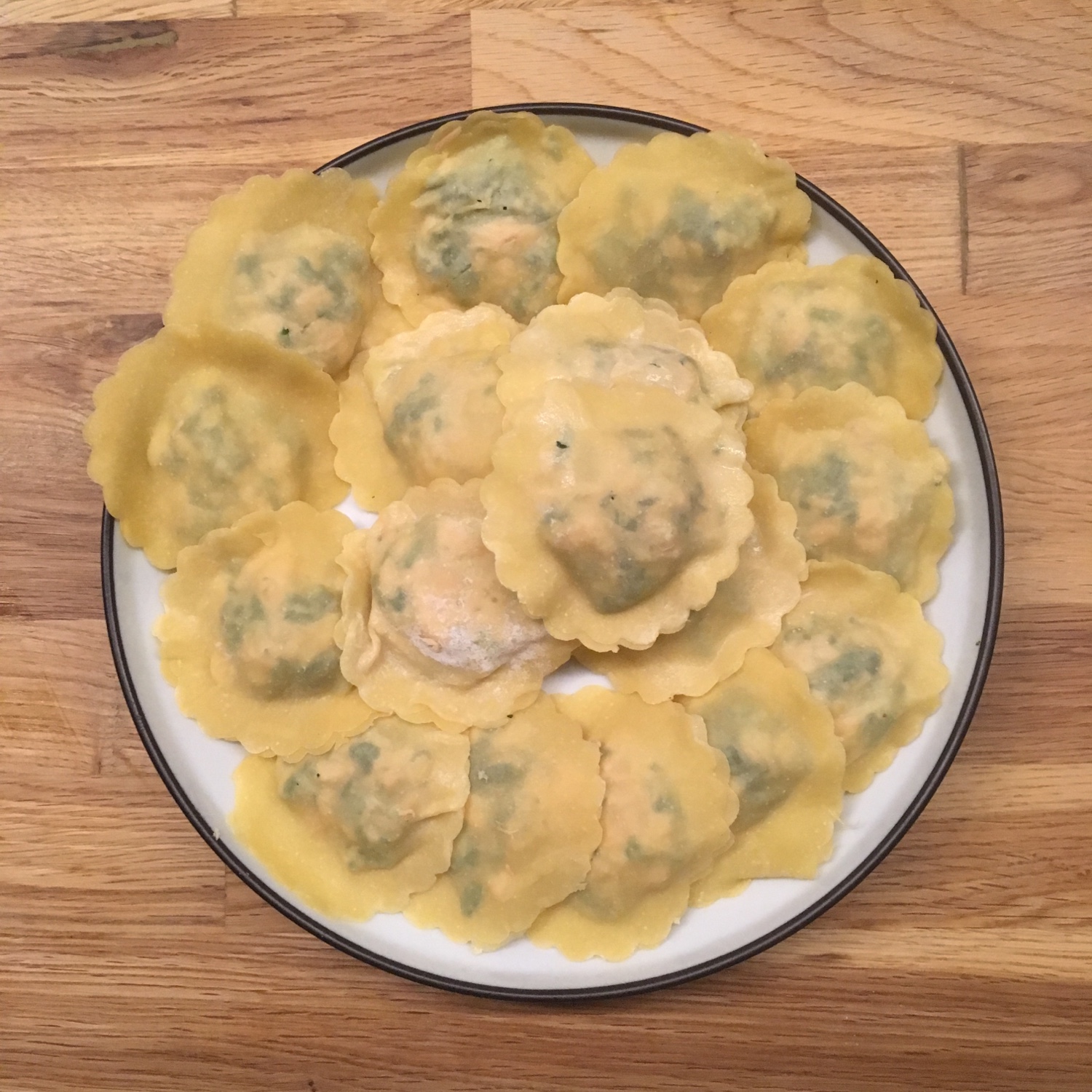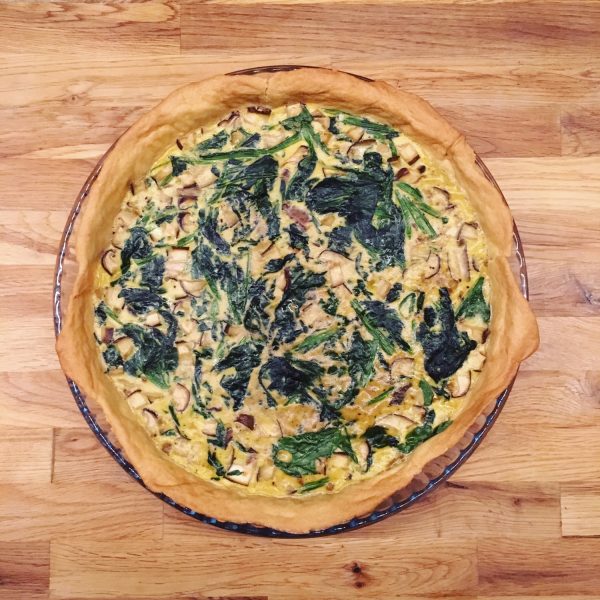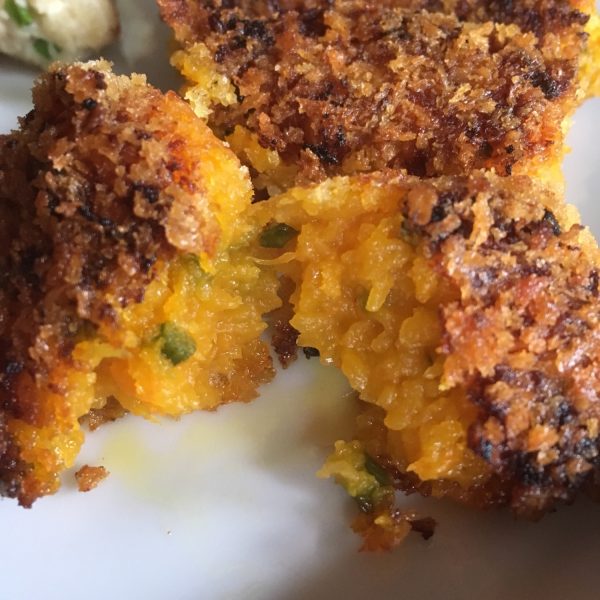Saturday I spent some time browsing cookbooks, looking at their beautiful pictures and slowly moving from the winter mood to the spring mood. I was focusing on two very different books: a Japanese macrobiotic cookbook from Brownsfield owner elder daughter Shinema Nakajima, and a Sicilian cookbook by bloggers Maria Teresa di Marco and Marie Cecile Ferre. The first one reminded me its been too long since we last ate brown rice, the second one made me crave for tomatoes, fresh anchovies, fennels and artichokes. But from the mix of both came this very simple recipe of a macrobiotic risotto made from Japanese brown rice and fresh local vegetables. Here is my recipe.
Italian x Japanese risotto (2servings)
– 70g of brown rice
– 3 shiitake
– a handful of fresh rucola
– 3-5 small tomatoes, ripe
– olive oil, salt and pepper
First of all cook the brown rice in the Japanese way. Use left over if you have some.
In a large pan heat some olive oil, wash and slice the shiitake and cook them at low heat in the oil. That will make the base of the risotto stock. Add the rice and stir well, add a 2tbs of water. Then wash and chop the rucola and the tomatoes, add and stir well. Cook for a few minutes while stirring. Add salt and pepper. I served it with daikon pickled with yuzu, that was perfect!!
